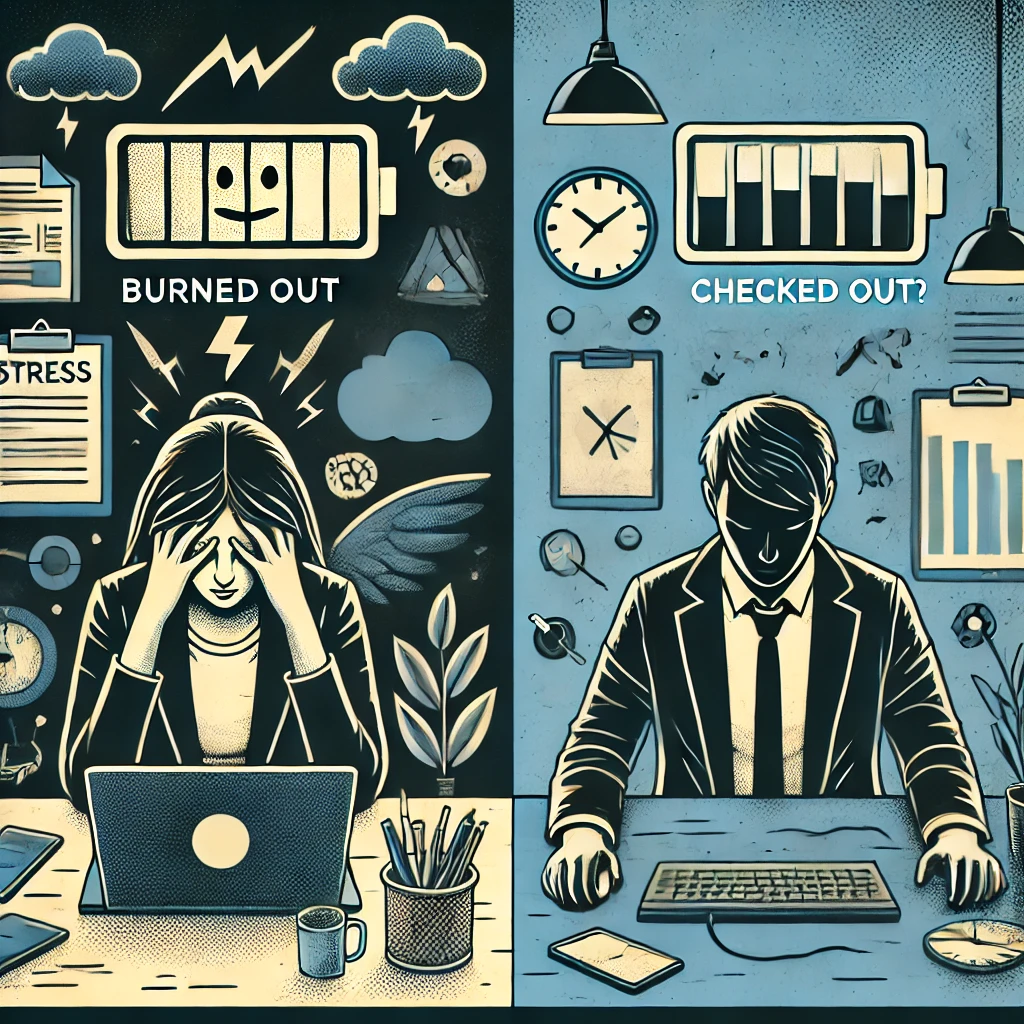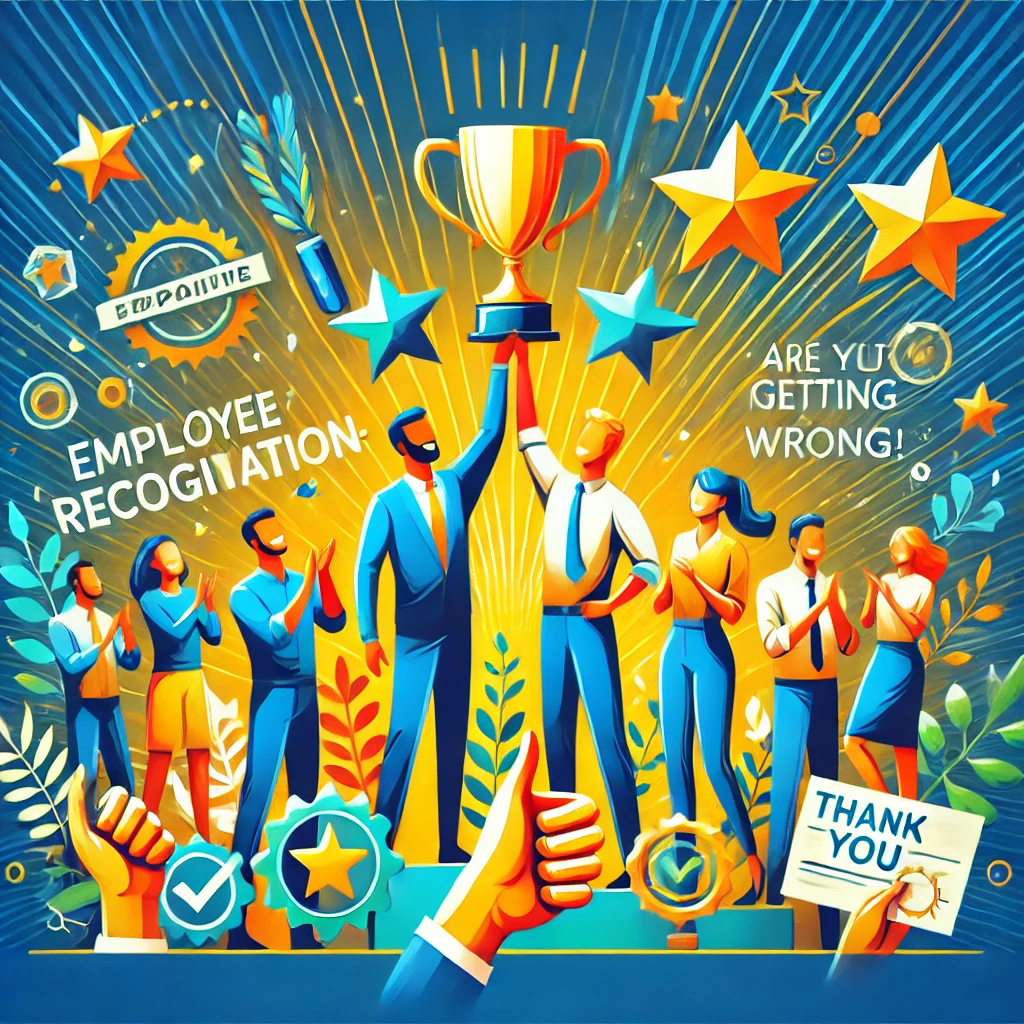Innovation is often hailed as the lifeblood of business growth and progress. Companies dedicate resources to brainstorming sessions, innovation labs, and flashy campaigns. But here’s the paradox: while organisations demand innovative solutions, they often punish failure. In environments where failure isn’t an option, innovation slowly suffocates.
The Fear of Failure: A Silent Innovation Killer
- Risk Aversion:
When employees fear repercussions for failure, they avoid taking bold risks. They stick to what’s safe and proven, killing creativity. - Micromanagement:
Overly controlling leadership stifles autonomy. Employees can’t explore new ideas if they’re constantly being second-guessed. - Blame Culture:
In workplaces where mistakes are punished, employees focus more on avoiding errors than solving problems creatively. - Short-Term Pressure:
A focus on immediate results discourages long-term, experimental thinking.
Why Failure Is Crucial for Innovation
- Learning and Growth:
Each failure teaches valuable lessons. Companies like Google and Amazon have turned past failures into stepping stones for future success. - Encourages Experimentation:
A culture that tolerates failure encourages employees to test bold ideas, leading to breakthrough innovations. - Resilience Building:
Facing and recovering from failure fosters resilience, a key trait for navigating unpredictable markets. - Identifying Flaws Early:
Rapid experimentation can expose weaknesses before major investments are made.
Famous Failures That Led to Innovation
- Google Glass: Though commercially unsuccessful, it paved the way for future AR and wearable tech innovations.
- Dyson Vacuum: James Dyson created over 5,000 failed prototypes before achieving success.
- SpaceX: Multiple rocket failures taught SpaceX critical lessons, eventually leading to successful reusable rockets.
How to Build a Failure-Tolerant Culture
- Lead by Example:
Leaders should share their own failures and what they learned. Vulnerability from leadership builds trust. - Reward Experimentation:
Recognise employees for bold ideas, regardless of the outcome. Celebrate the effort, not just the result. - Fail Fast, Learn Faster:
Encourage rapid prototyping and iterative learning. Small, quick failures are more manageable and educational. - Safe Spaces for Innovation:
Create environments where teams can test ideas without fear of judgment or punishment. - Shift Metrics of Success:
Evaluate projects based on learning outcomes and progress, not just success or failure. - Encourage Cross-Functional Collaboration:
Diverse teams bring unique perspectives, leading to more innovative solutions and shared accountability.
Companies That Embrace Failure
- Google: Known for its ‘moonshot’ projects, Google encourages ambitious ideas through its X division, even if they fail.
- Amazon: Jeff Bezos famously said, “If you know it’s going to work, it’s not an experiment.”
- Tata Group: Encourages calculated risks through innovation hubs across industries.
Overcoming the Stigma of Failure
- Change the Narrative:
Redefine failure as a necessary step in the innovation process. - Open Feedback Loops:
Regularly discuss what worked, what didn’t, and why. Normalize feedback around failures. - Highlight Recovery Stories:
Share examples of how the company has bounced back from failures. - Provide Psychological Safety:
Ensure employees feel safe to voice ideas without fear of criticism or job security concerns.
Final Thoughts
Innovation demands courage. It requires organisations to embrace uncertainty and the possibility of failure. Companies that succeed in today’s fast-paced world are those that understand failure is not the opposite of success—it’s part of the journey.
So, ask yourself: Is your organisation creating a culture where failure leads to growth, or one where fear kills innovation?








